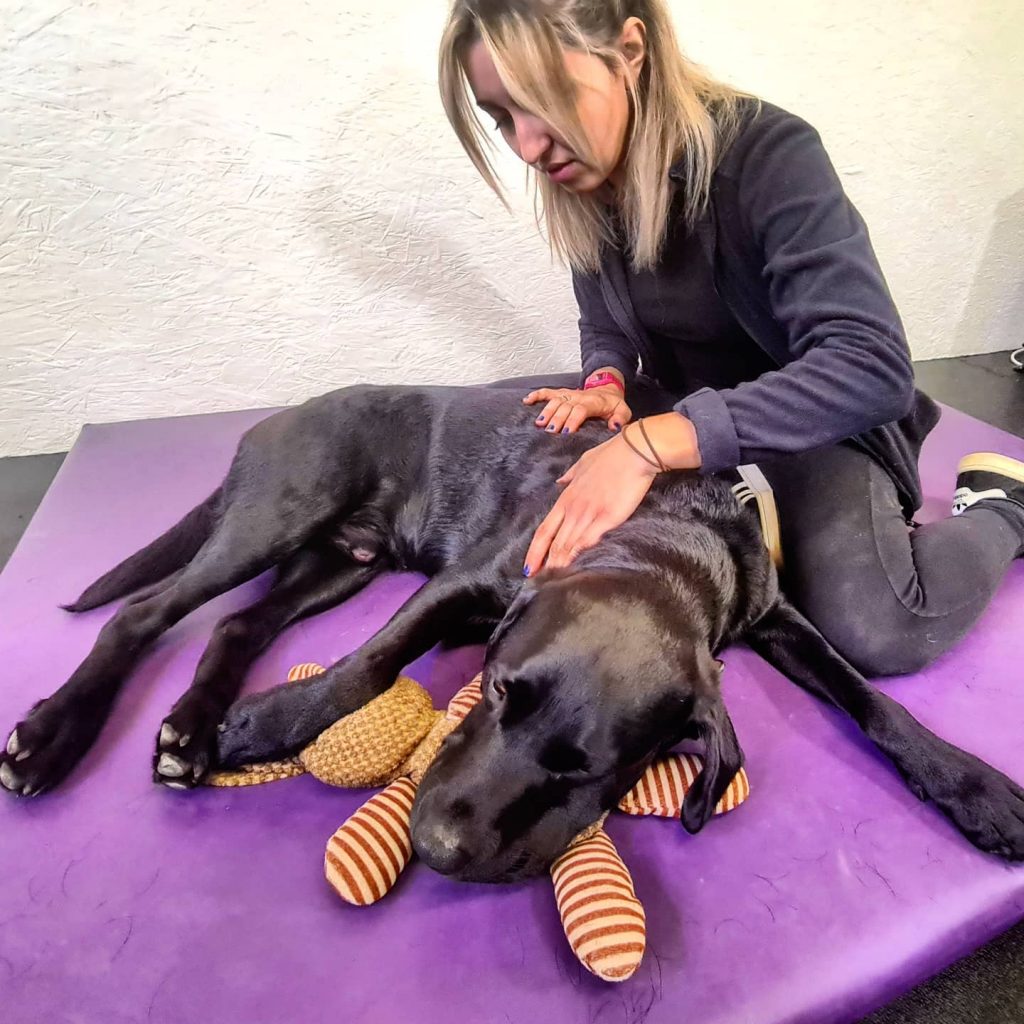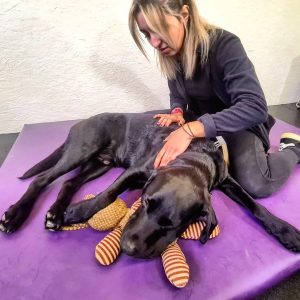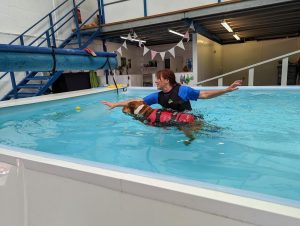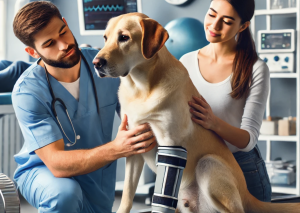Just like humans, dogs need proper rehabilitation after surgery to ensure a full and healthy recovery. Whether your furry friend has undergone orthopaedic surgery, soft tissue repair, or neurological procedures, physiotherapy can make a world of difference in speeding up recovery, improving mobility, and restoring quality of life. Let’s dive into how physiotherapy can help your dog after surgery and why it’s a crucial part of the healing process.
1. Promotes Faster Healing
One of the main goals of post-surgical physiotherapy is to encourage the healing of tissues, muscles, and joints. By using controlled and gentle movements, physiotherapy helps improve blood circulation, which delivers vital oxygen and nutrients to the injured area. This boost in circulation helps reduce swelling and inflammation, which are common after surgery, and accelerates the body’s natural healing processes.
Key Techniques:
- Massage therapy: Increases blood flow and reduces muscle tension.
- Cold and heat therapy: Reduces swelling (cold therapy) and stimulates blood flow (heat therapy).
2. Reduces Pain and Discomfort
Surgery can leave your dog in significant pain, limiting their ability to move and affecting their overall well-being. Physiotherapy provides several pain-relief methods that are gentle and non-invasive. These techniques, such as laser therapy, ultrasound, and acupuncture, help to reduce post-operative pain without relying solely on medications, which can have side effects when used long-term.
Key Techniques:
- Laser therapy: Reduces pain and inflammation at a cellular level.
- TENS units (Transcutaneous Electrical Nerve Stimulation): Provides electrical stimulation to relieve pain.
3. Improves Mobility and Flexibility
After surgery, scar tissue can develop, and muscles can stiffen due to inactivity, which leads to a limited range of motion. Physiotherapy focuses on gradually increasing your dog’s mobility and flexibility through controlled exercises. Stretching, range-of-motion exercises, and hydrotherapy can help prevent joint stiffness and muscle wasting, while also restoring your dog’s natural movements.
Key Techniques:
- Passive range-of-motion exercises: Gently moving the dog’s limbs to maintain flexibility.
- Hydrotherapy: Water-based exercises that support weight and encourage movement without stressing the joints.
4. Prevents Muscle Atrophy
When dogs are recovering from surgery, they often spend a lot of time resting, which can lead to muscle atrophy or loss of muscle mass. This is particularly concerning in dogs with orthopedic issues, as strong muscles are needed to support healing bones and joints. Physiotherapy combats muscle atrophy by engaging the muscles in therapeutic exercises that keep them active without putting excessive strain on healing areas.
Key Techniques:
- Therapeutic exercises: Balance boards, controlled walking, and strength-building activities.
- Treadmill therapy: Gentle walking on a treadmill to build strength and endurance.
5. Supports Mental Well-being
Surgery can be stressful for dogs, not only physically but also mentally. A prolonged recovery period can lead to boredom, anxiety, and depression. Physiotherapy sessions are not just about physical recovery; they also provide mental stimulation. The attention and care during therapy, along with gradually getting your dog moving again, help reduce stress and encourage a more positive attitude during recovery.
6. Customised Recovery Plans
Every dog’s surgery and recovery needs are different, and physiotherapy provides a tailored approach to rehabilitation. A trained canine physiotherapist will assess your dog’s condition, identify specific areas that need attention, and design a personalised recovery plan. This ensures that your dog gets the right combination of techniques and exercises suited to their individual needs, whether they’re recovering from a torn ligament, hip surgery, or a spinal injury.
7. Improves Long-term Outcomes
Proper physiotherapy after surgery not only helps your dog recover in the short term but also ensures better long-term health. Without therapy, dogs are more likely to develop complications like joint stiffness, chronic pain, and reduced mobility. Physiotherapy reduces the risk of these complications by encouraging proper healing and promoting strong, healthy muscles and joints.
How to Get Started with Canine Physiotherapy
If your dog has recently had surgery, it’s important to consult your veterinarian about physiotherapy. Your dog’s rehabilitation journey will be carefully guided, ensuring they recover at a safe pace and reach their full potential for mobility and comfort.
Final Thoughts
Physiotherapy can make a tremendous difference in helping your dog recover after surgery. From reducing pain to restoring mobility and strength, this specialised care ensures that your beloved pet can enjoy a quicker and more comfortable recovery. By investing in physiotherapy, you are not only supporting their physical healing but also giving them the best chance at a healthy and active future.













